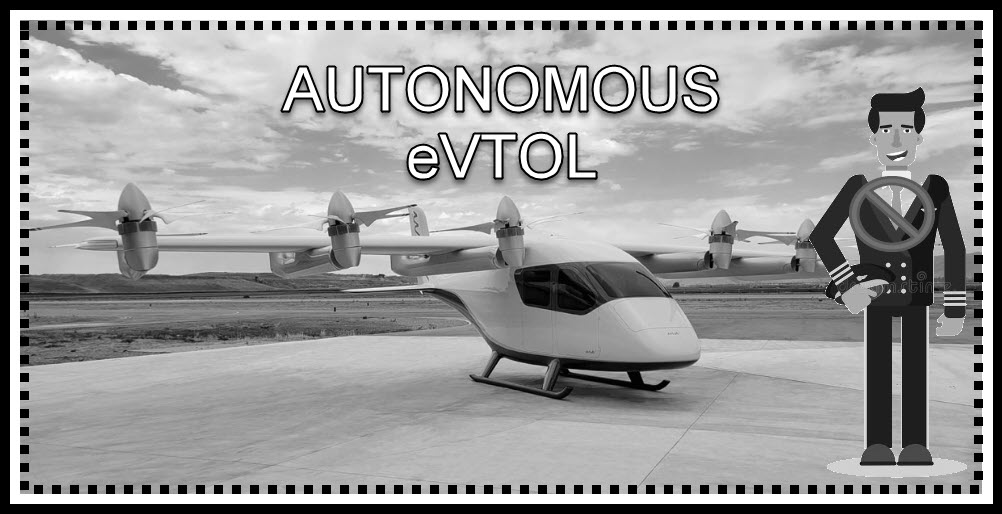eVTOL evolution- what, when, how?

The collective wisdom for the eVTOL market is BULLISH and that attraction has drawn a number of manufacturers plus a lot of capital investors. At the 2024 EBACE, four OEM executives shed some light on their respective targets’ user profiles. In their explanations, they also revealed their companies’ projected eVTOL models.
Some of the financial cognoscenti project that the number of eVTOL OEMs will shrink. The three executives all indicate that they are building 4-6 passenger vehicles. Two plan to drive their aircraft with electric batteries, but the French company is designing a hybrid craft—electric and traditional fuels.
Lilium sees that its larger six seat configuration will offer lower per passenger operating costs. VoltAero points to its engineering which has “hardly any moving parts” will be “almost maintenance free”. Archer’s Chief Safety Officer, without mentioning how a lower can be achieved, stated. “As we come to market, you’re probably talking something at an Uber Black price,” for each flight.
The former Acting FAA Administrator did explain that Archer’s Midnight will offer “effective and zero-emission travel in large, congested cities, by providing quick hops over traffic-clogged roads and highways.” VoltAero’s CEO pointed out that his eVTOL’s “user case is multifaceted. ‘In addition to transporting passengers, user cases might include emergency evacuation and carrying goods,’ Botti said.” Lilium’s target is “LESS THAN TWO EUROS (OR DOLLARS) PER PASSENGER.”
These three profiles do not propose significant variances in their strategies. Technical developmental advantages—design, airworthiness testing preparedness, lower operating costs, etc.- AS DELIVERED, not as promised are likely to determine which of them (perhaps all?) is successful.
Another factor, which is not as objective as engineering data, involves FINANCIERS’ PERCEPTION of these ventures. The communication between the OEMs and their sources of capital is critical and is sometimes referred to as STORY TELLING. The credibility of the company’s spokesperson, the ability to explain the technical complexities of the eVTOL, the history of making/missing milestones, order books (not all of which are equal), regulatory track record, comparisons with competitors, all impact whether the dollars continue to be invested over this this tortuous process.
WHAT IS MOST TELLING is ALL THREE COMPANIES did not mention AUTONOMOUS FLIGHT in their expositions. Removing a pilot from flight REDUCES OPERATING COSTS SIGNIFICANTLY—potentially a major plus for buyers. On the other hand, autonomous systems will pose significant CERTIFICATION CHALLENGES. The public confidence in eVTOLs generally is uncertain, but flights without pilots are not as well received.

The most difficult part of this maze will be the regulatory component. Two major eVTOLs have included significant FAA alumni (JOBY). Equally important may be consulting with someone who has dealt with FAA staff who are involved in analysis and action.

+++++++++++++++++
EBACE Newsmakers: AAM CEOs Discuss User Experience, Costs and Maintenance
28 May 2024

With several advanced air mobility (AAM) aircraft on track to enter service by next year, CEOs met to share updates and insights on this innovative zero- or low-emission technology at the 2024 European Business Aviation Convention & Exhibition (EBACE2024).
The 28 May Newsmakers Luncheon included executives from hybrid-electric aircraft developer VOLTAERO as well as eVTOL developers ARCHER AVIATION and LILIUM AIR MOBILITY.

During the wide-ranging discussion, the CEOs revealed details about the AIRCRAFT USER EXPERIENCE – including costs and user case scenarios.
CEO KLAUS ROEWE, of Germany-based Lilium, explained that because the relatively large Lilium Jet eVTOL can seat up to six passengers, it has a lower operating cost.
“We want to make it very affordable for the broader public,” he said. Although there will be a four-passenger variant, for the six-passenger model Roewe said, “We are striving FOR LESS THAN TWO EUROS (OR DOLLARS) PER PASSENGER.” He added that the four-passenger Lilium Jet is expected to enter service in 2026, with its six-passenger model a year later. The company is displaying its eVTOL for the first time at EBACE this week.
A primary user-case for California-based Archer Aviation’s Midnight eVTOL is to offer effective and zero-emission travel in large, congested cities, by providing quick hops over traffic-clogged roads and highways, said BILLY NOLEN, Archer’s chief regulatory affairs officer. “Will it happen all at once? No, not really,” Nolen said. “But as we get to scale, it will be accessible. Is this the purview of the rich? Absolutely not. As we come to market, you’re probably talking something at an Uber Black price,” for each flight. Later, Nolen said he expects the price to drop as Archer scales up.

Hybrid-Electric
JEAN BOTTI, CEO and CTO at France-based VoltAero, which plans to ever service with its Cassio hybrid-electric in 2025, said the user case is multifaceted. “In addition to transporting passengers, user cases might include emergency evacuation and carrying goods,” Botti said.
The Cassio – which is also on display at EBACE – has a hybrid-electric design that allows it to be more assessable and flexible when it comes to available fuel. Operators have the option of USING ELECTRIC CHARGERS OR USING TRADITIONAL FUELS. “When you buy our aircraft in a premium package, it comes with chargers that we are going to install,” said Botti. “We also don’t want to be operating infrastructure. But we are consulting and we are partnering.”
Roewe said Lilium wants its product “to be as simple as possible. It’s almost maintenance free. Our aircraft hardly has any moving parts, so it’s almost maintenance free.”
Nolen, a former FAA acting administrator, mentioned multiple U.S. government agencies who are watching the AAM sector carefully and offering guidance. “You’ve got all of these interested stakeholders to say: ‘What is it that we need to do to ensure not only that you get this industry off the ground, but it’s in a sustainable way going forward?’ And I think that’s the case for us. It’s a very strategic approach.”
As for the future, Lilium is thinking bigger and longer-range. “By 2040, you will be able to fly 2,000 kilometers with 100-seater aircraft, battery powered, highly efficient, with 75% of primary energy used,” Roewe said. “This is basically where we want to go in the long term.”

+++++++++++++++